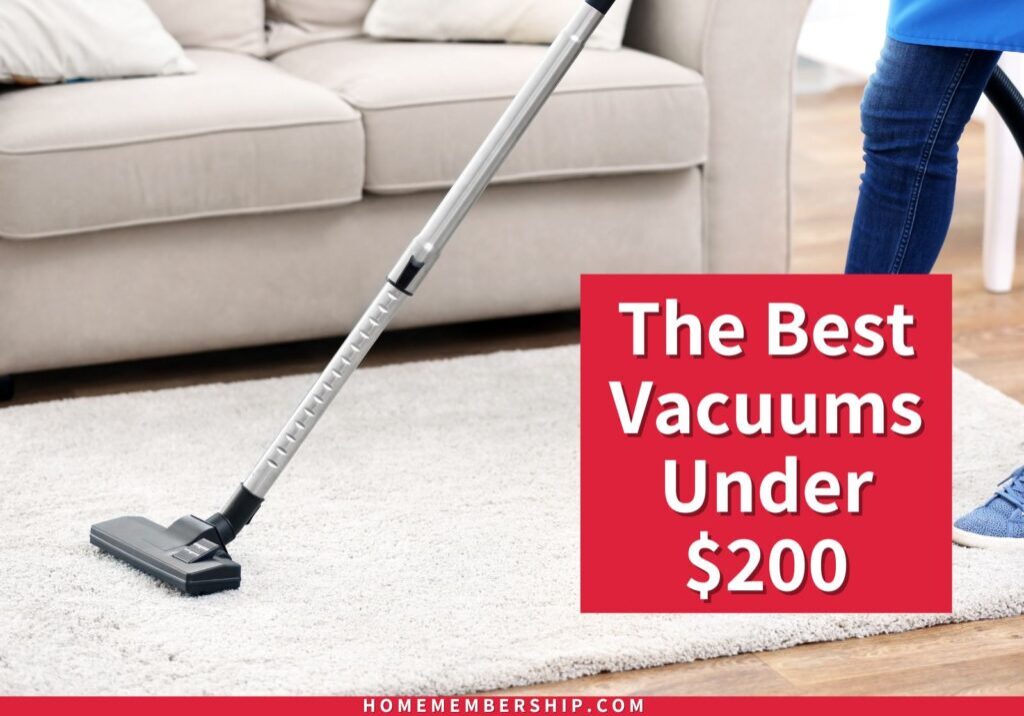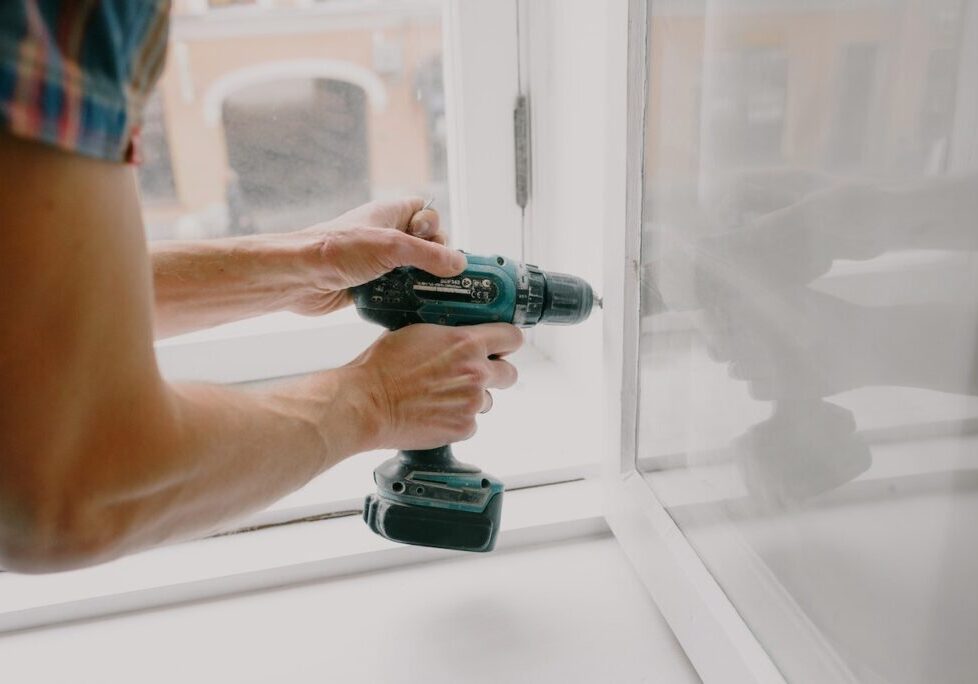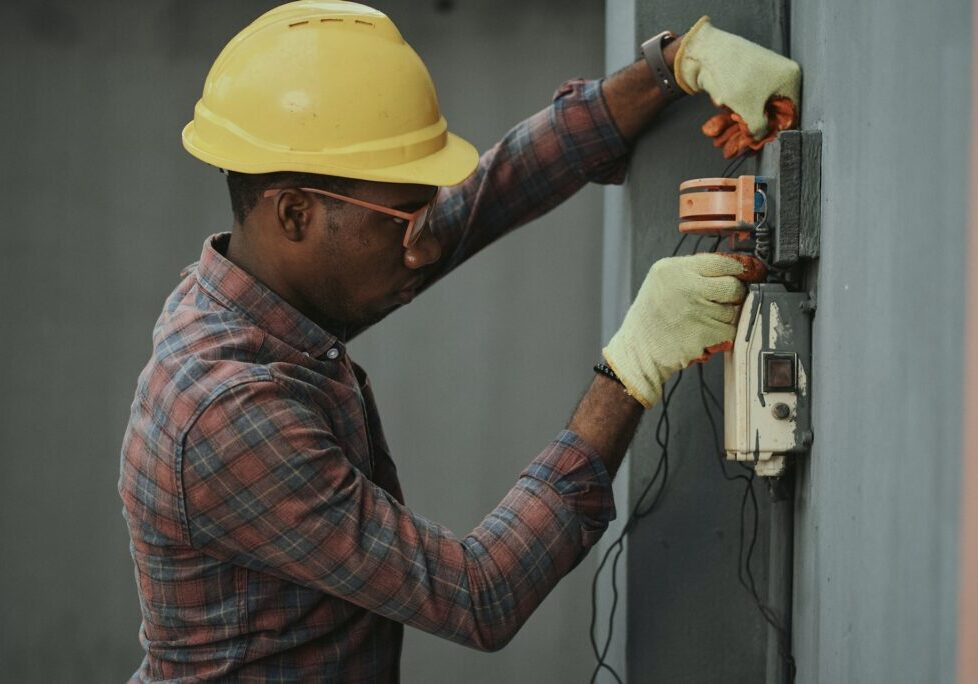Artificial Grass vs. Real Grass – What You Need To Know
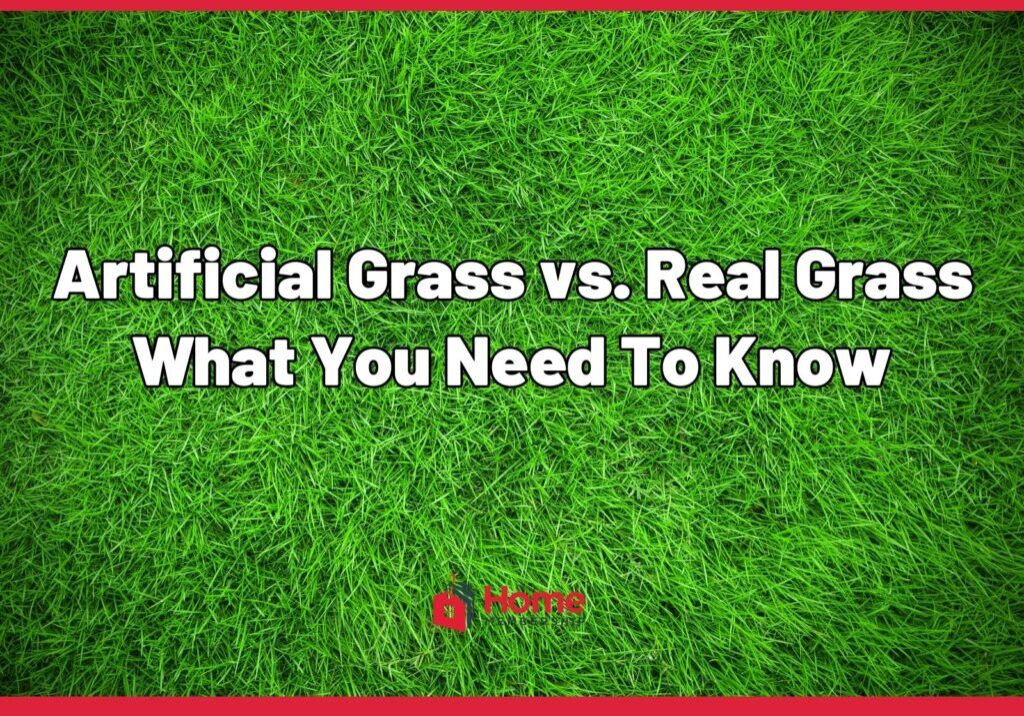
Are you weighing the pros and cons between artificial grass vs. real grass for your home’s lawn?
In this comparison blog post, you’ll learn about the differences between artificial grass and real grass, so you can make an informed decision when choosing the best option for your home’s lawn space.
First and foremost, what is artificial grass, and how does it compare to real grass?
What Is Artificial Grass?
Artificial grass, also known as turf or fake grass, is a synthetic grass surface made from plastic materials such as nylon, polypropylene, and/or polyethylene. It’s designed to look like natural grass and is often used in residential yards or commercial landscape applications.
Artificial grass has been around for decades but has gained popularity recently due to increasing environmental concerns about water use, chemical fertilizers, and pesticide runoff associated with real lawns.
It’s becoming an attractive alternative to maintain year-round green areas without regular mowing or constant watering.

How Does Artificial Grass Compare To A Natural Grass Lawn?
Unlike real grass, an artificial lawn requires little maintenance beyond occasional brushing off of debris and some attention to the infill material between blades of fake grass, which can settle over time if not regularly topped up.
Additionally, artificial turf does not require weed-killing treatments or fertilizers that pose potential health hazards when used heavily on lawns with pets or children who play outdoors frequently.
With the proper installation technique, artificial turf may be a good idea for individuals seeking an easy-care, long-lasting yard solution.
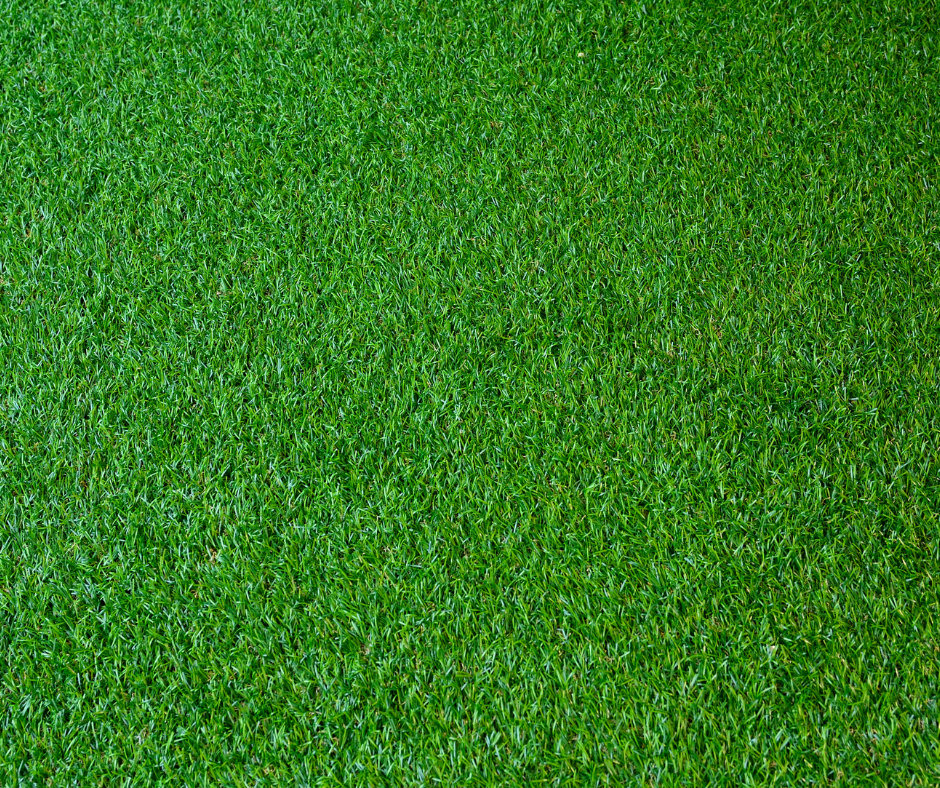
What Is Real Grass?
Real grass is a living plant species that’s grown from the ground. It can grow from grass seed or sod.
While real grass requires more maintenance than artificial turf, it can provide a soft, lush look in the right climate conditions. Additionally, real grass is natural and can help reduce air pollution levels in your yard.
Real grass also provides a natural habitat for beneficial insects, helping to maintain the local ecosystem.
Installation Costs Of Both Grass Types
When it comes to the final cost to install either grass type, artificial turf is typically more expensive to install than natural grass. However, it also requires much less ongoing maintenance, which is important to keep in mind when choosing between the two options.

Artificial Grass Costs
Artificial grass costs depend on several factors, including the square feet and shape of the area you are looking to cover, the materials used for installation, and labor costs. Generally speaking, artificial turf can cost anywhere between $2.50 and $15 per square foot, including installation costs.
If you’re serious about installing artificial grass for your home, get free quotes from local, reputable contractors. Not only will that enable you to make an informed decision, but it could potentially save you money in the long run.
Real Grass Cost
The cost of sod can range from $0.30 to $1.50 per square foot, and installation costs can vary greatly depending on the size of the area being covered and any extra work that needs to be done, like soil preparation or installation of irrigation systems.
Contractors who do sod installation will typically be able to provide you with a quote for the work, which will help you decide if real grass is the right choice for you.
Maintenance Of Your Grass
Artificial Grass Maintenance
Artificial turf must be brushed, and the infill material (such as rubber or sand) replaced over time. It’s also important to note that some artificial turf types may require a more frequent brushing schedule to keep the blades upright and looking lush.
Real Grass Maintenance
For real grass, maintenance will require regular mowing and occasional watering, depending on the climate and soil quality. Weed-killing treatments may also need to be applied to keep your lawn looking its best.
Additionally, it’s important to maintain the quality of your soil to ensure healthy grass growth. A soil test will help determine what nutrients and amendments your lawn may need to stay healthy.
Maintenance Costs Of Both Grass Types
Cost To Maintain An Artificial Grass Lawn
Since a synthetic lawn requires much less lawn care, the maintenance costs will be less than you would have with a natural lawn.
You’ll need some tools you can use to keep the synthetic fibers clean, such as a broom. You may also need to fill gaps with crumb rubber to avoid bumps and holes in your synthetic turf.
All in all, you’ll find artificial grass has a much higher initial cost when compared to real grass. The main price difference comes down to the low maintenance vs. high maintenance between these two options.
Cost To Maintain An Real Grass Lawn
Keeping a well-maintained natural lawn requires much more frequent maintenance, which affects the cost.
First, you’ll need to ensure you have the appropriate equipment, such as a lawn mower, weed eater, etc. Some homeowners may also opt to install a sprinkler system to maintain a bright green lawn that is healthy and plush.
You’ll also need weed killer to do regular weed control, grass seed to keep high-traffic areas growing well, and regular watering, which can impact your water bills.
With all that said, having a traditional lawn for your yard means having higher maintenance costs, especially if you want a beautiful lawn that isn’t filled with dead grass or patches. But, if having the real thing is essential, you’ll have to prepare for these costs in your monthly budget.
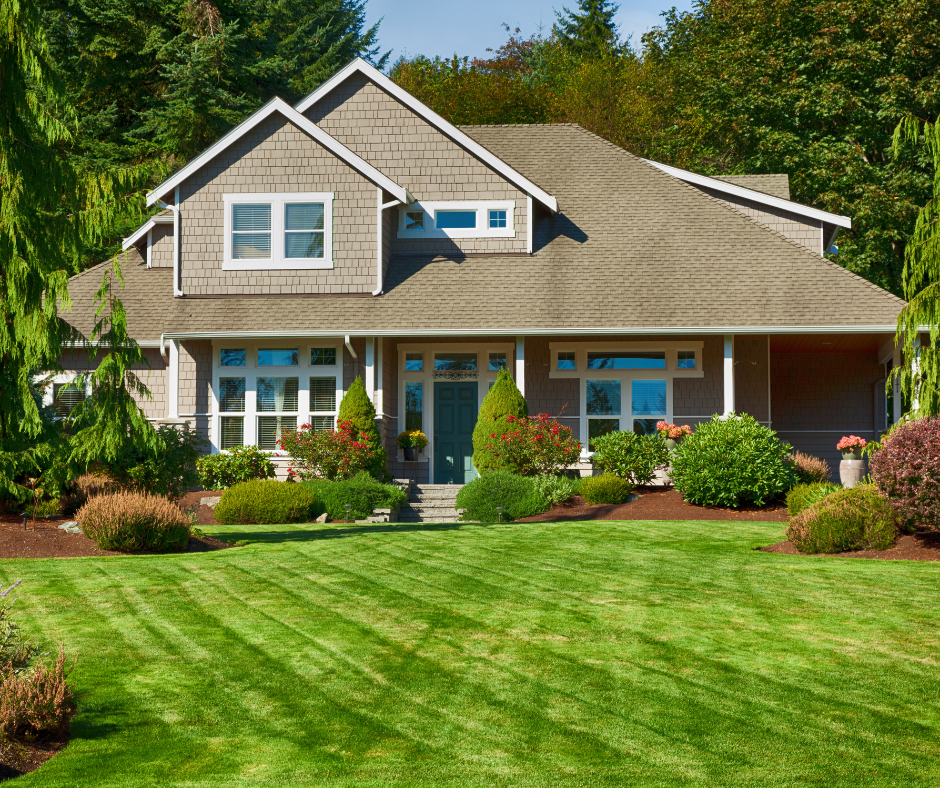
Climate Comparison
Artificial Grass Climate Considerations
Artificial grass is designed to last for many years in all types of weather while maintaining its shape and providing the same comfort level as natural grass. So, no matter where you live, artificial grass can be a suitable lawn solution for you.
Real Grass Climate Considerations
Real grass is better suited to warmer climates and is often difficult to maintain in colder climates. However, that doesn’t mean real grass doesn’t work in colder climates.
Basically, anywhere in the world where grass grows naturally means real grass is a suitable option for your home.
However, in colder climates, you may need to be prepared with snow removal, aeration, and reseeding in the Spring to ensure the health of your grass.
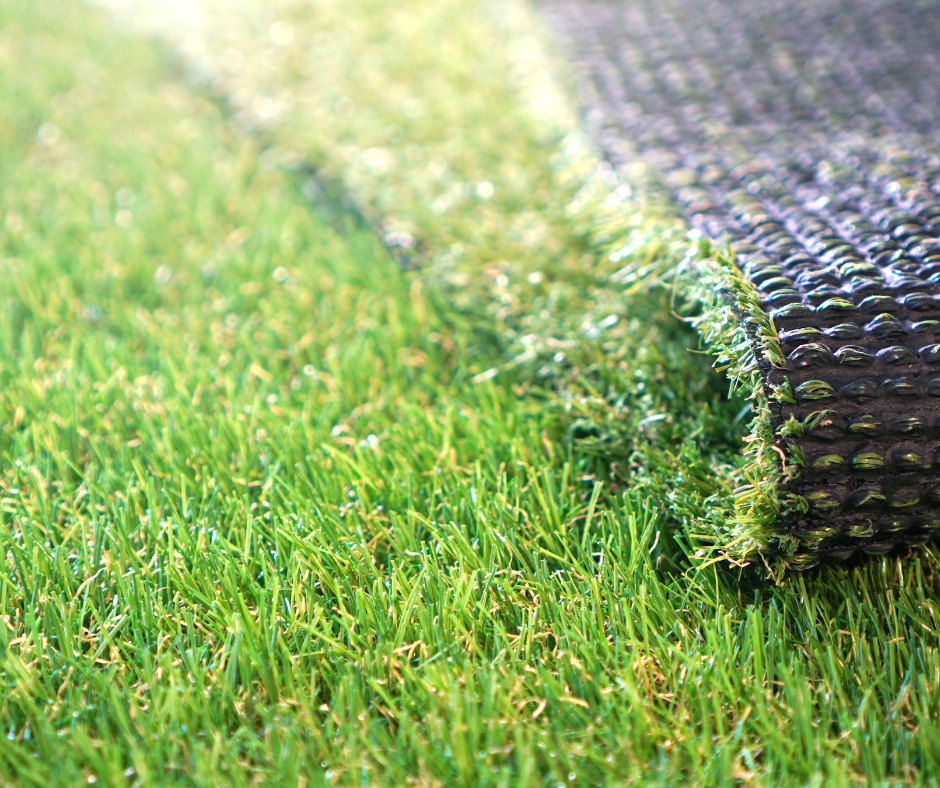
Durability Comparison
How Long Does Artificial Grass Last?
On average, artificial grass typically lasts between 8 and 10 years. However, the life span of artificial turf varies widely depending on how well it is installed and maintained.
Regular maintenance activities such as sweeping off debris, refilling the filler material, and brushing can help make your artificial grass last longer. With proper care and maintenance, some artificial turf installations can last up to 15 years or more!
How Long Does Real Grass Last?
The answer to this question varies greatly depending on several factors, including:
- The climate where you live.
- How well the grass is maintained.
- The type of grass you have.
Natural grass generally requires more care and maintenance than artificial turf to keep it healthy. With that said regular maintenance activities like mowing, weeding, aeration, and fertilizing can extend the life of your grass for many years.
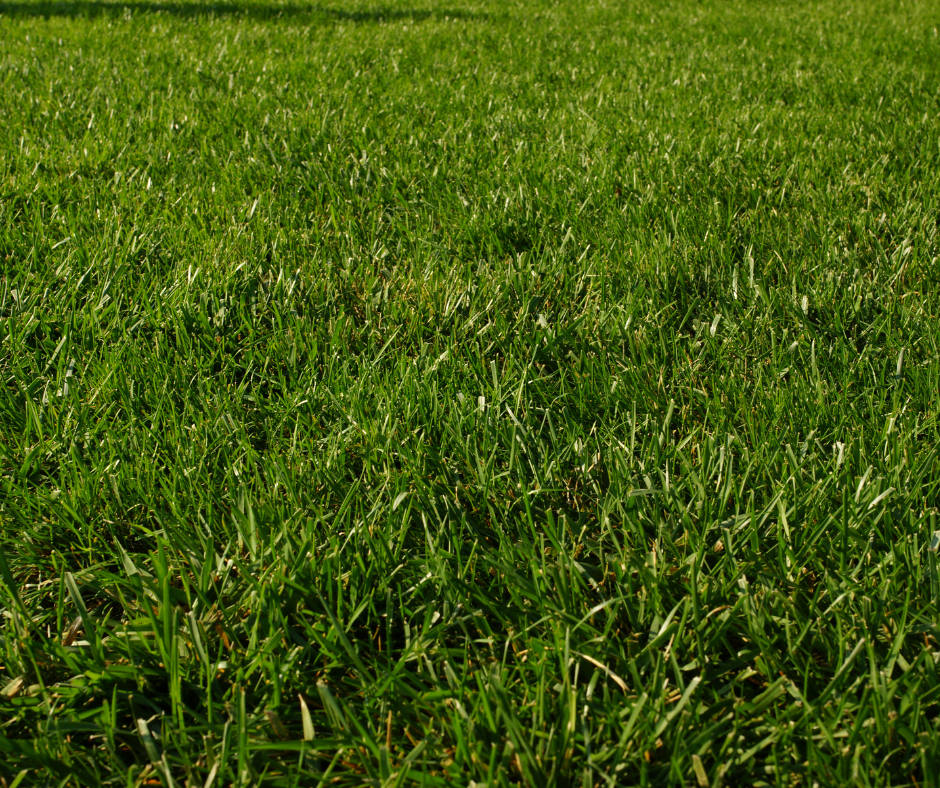
Overview Of The Pros and Cons Of Artificial Grass
Pros
- Less maintenance.
- No need for mowing, weeding, or fertilizing.
- Suitable for water conservation.
- It can be used in all climates.
Cons
- Expensive installation costs.
- It may not feel as natural as real grass.
- It can become hot in direct sunlight.
Pros and Cons Of Real Grass
Pros
- Feels natural.
- Provides cushioning for falls at playtime.
- Cheaper installation costs than artificial grass.
- Provides environmental benefits.
Cons
- High lawn maintenance and water usage, which affects lifetime cost.
- Requires mowing, weeding, and fertilizing.
- Not suitable for all climates.
- Can be killed easily by things like snow, dog urine, excess water, etc.
How To Choose The Best Option For Your Home
When choosing artificial grass or real grass for your residential lawn, it’s helpful to consider the pros and cons of both options.
Artificial grass requires little maintenance once installed but may not feel as natural as real grass and can become hot in direct sunlight. On the other hand, real grass requires more nuanced care regarding water usage and soil quality to stay healthy, but most people prefer it due to its natural look.
Ultimately, the decision between real or artificial depends on individual preference and cost considerations for installation and materials.
To ensure you find the best solution for your home, get free quotes from local contractors before making any decisions.
If this comparison of artificial grass vs. real grass was helpful, consider sharing it.
Check out these tips for Fall lawn maintenance.

